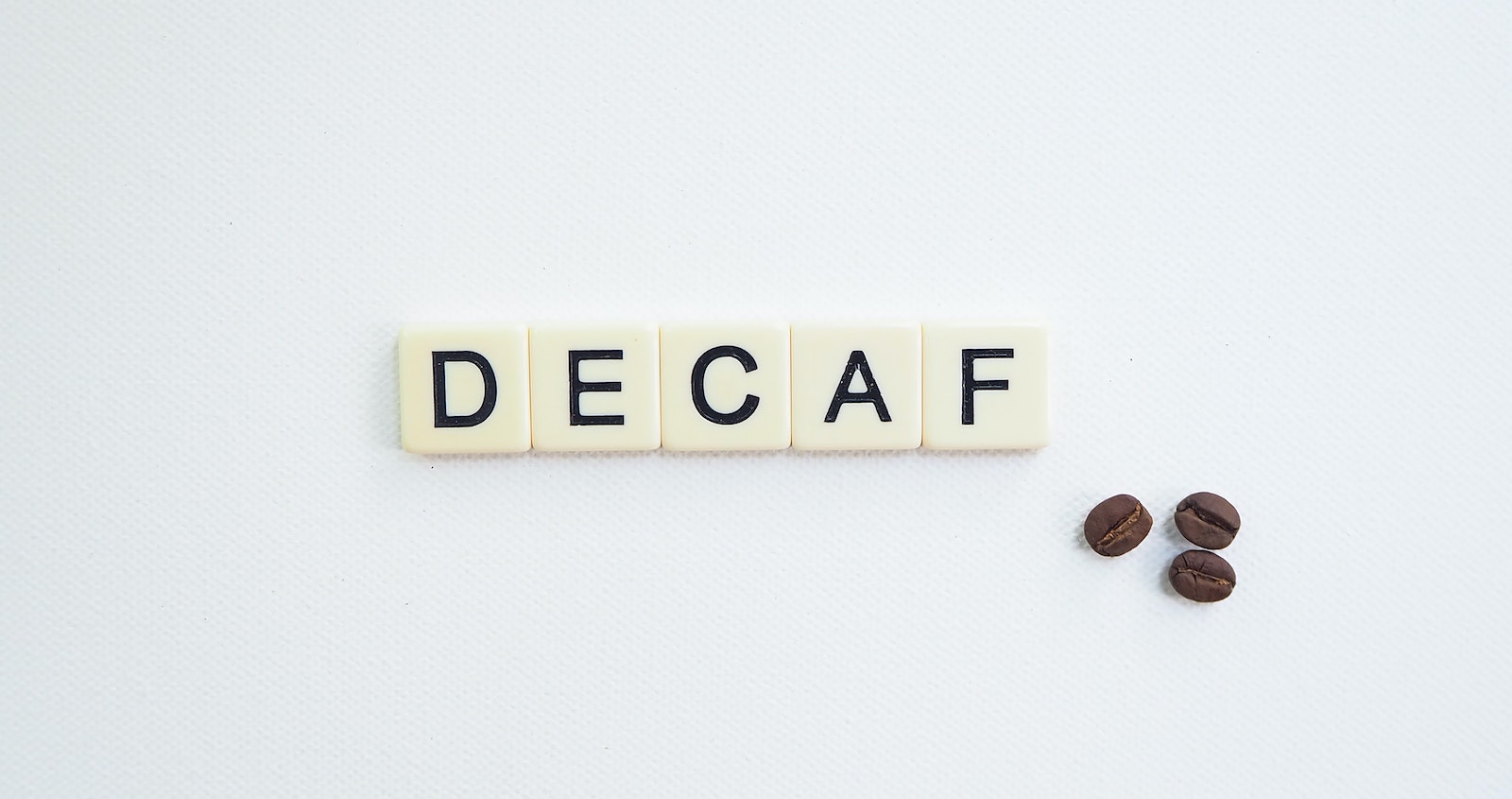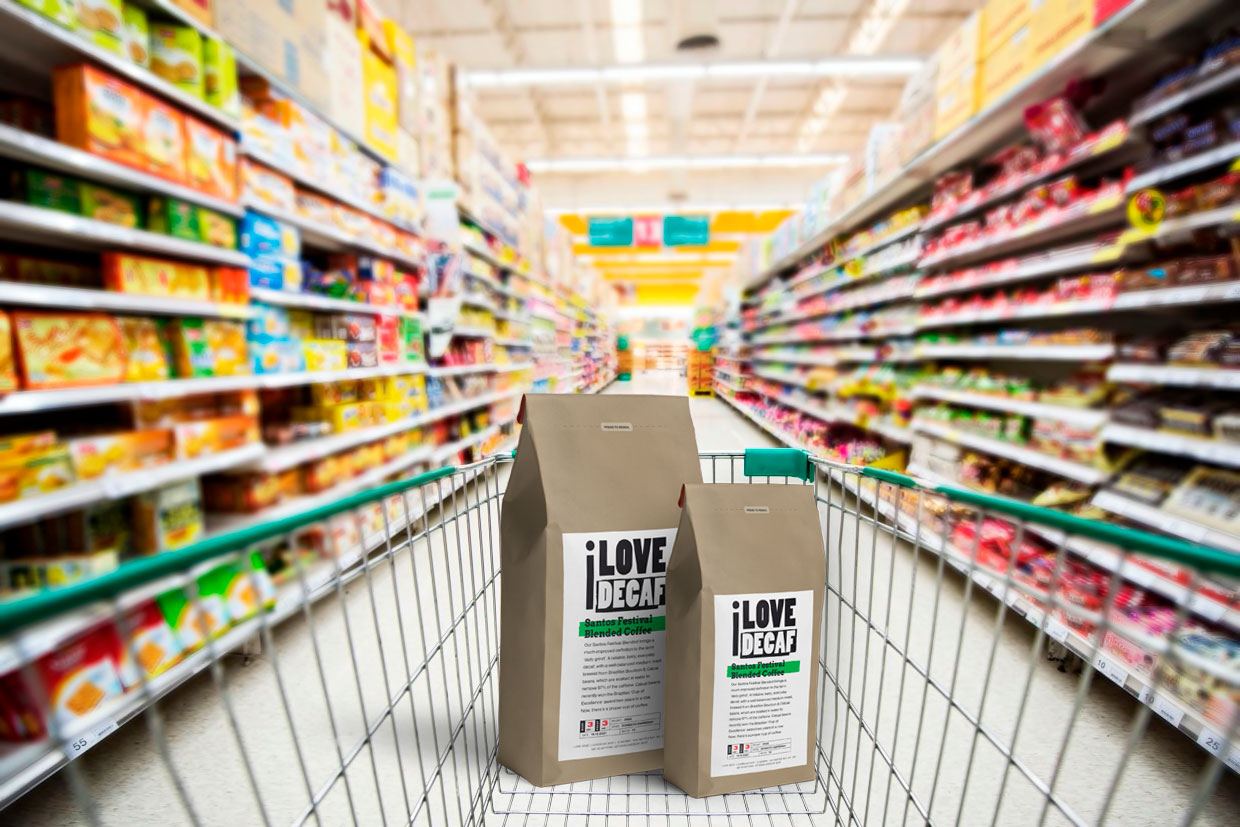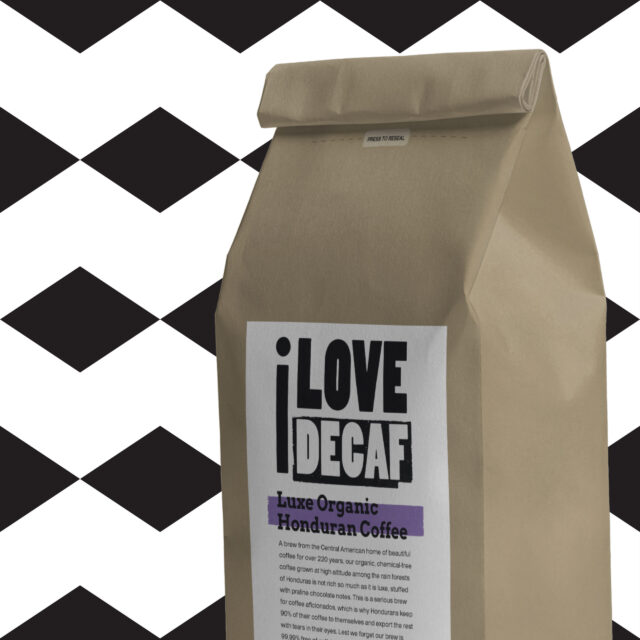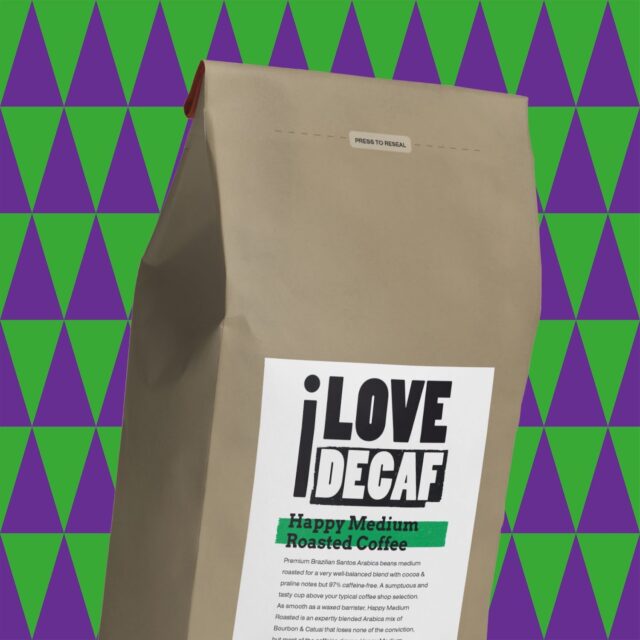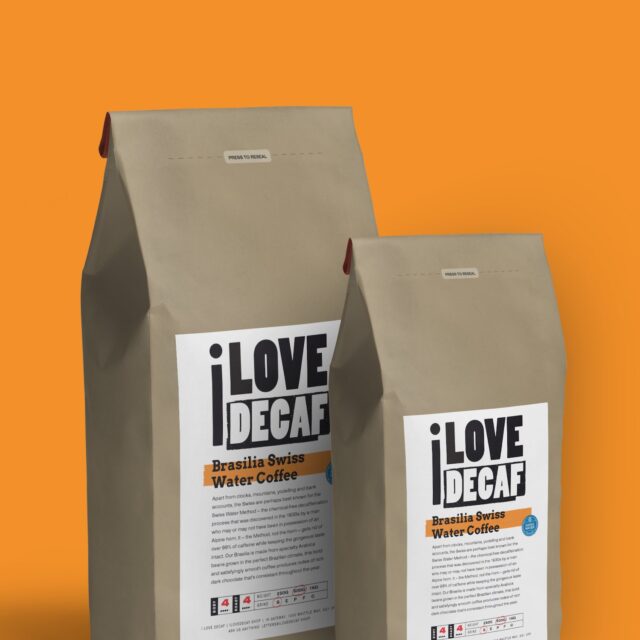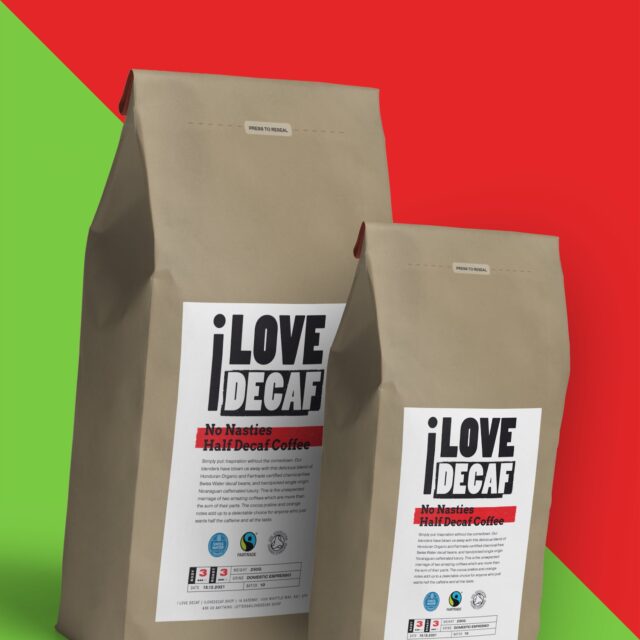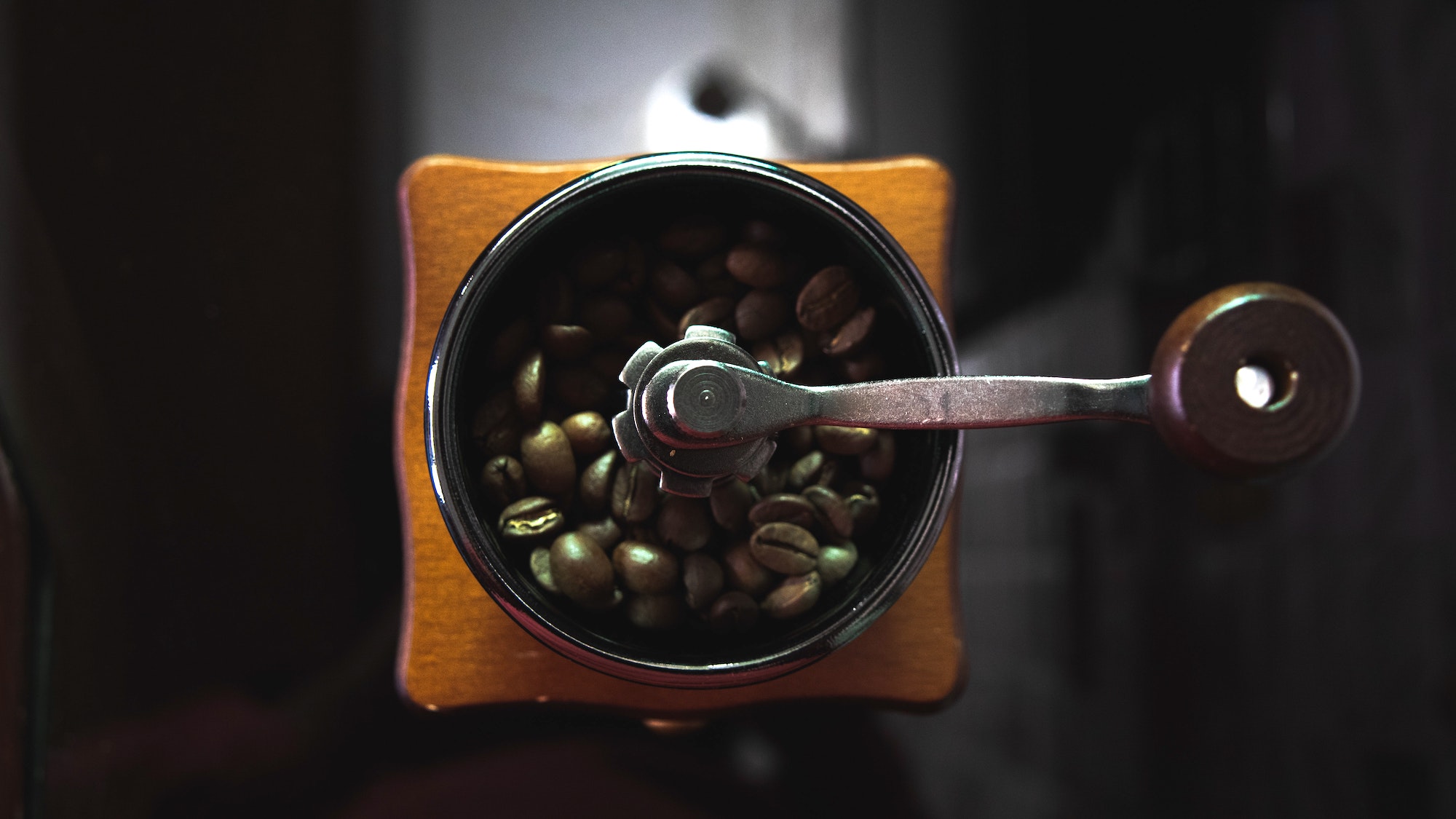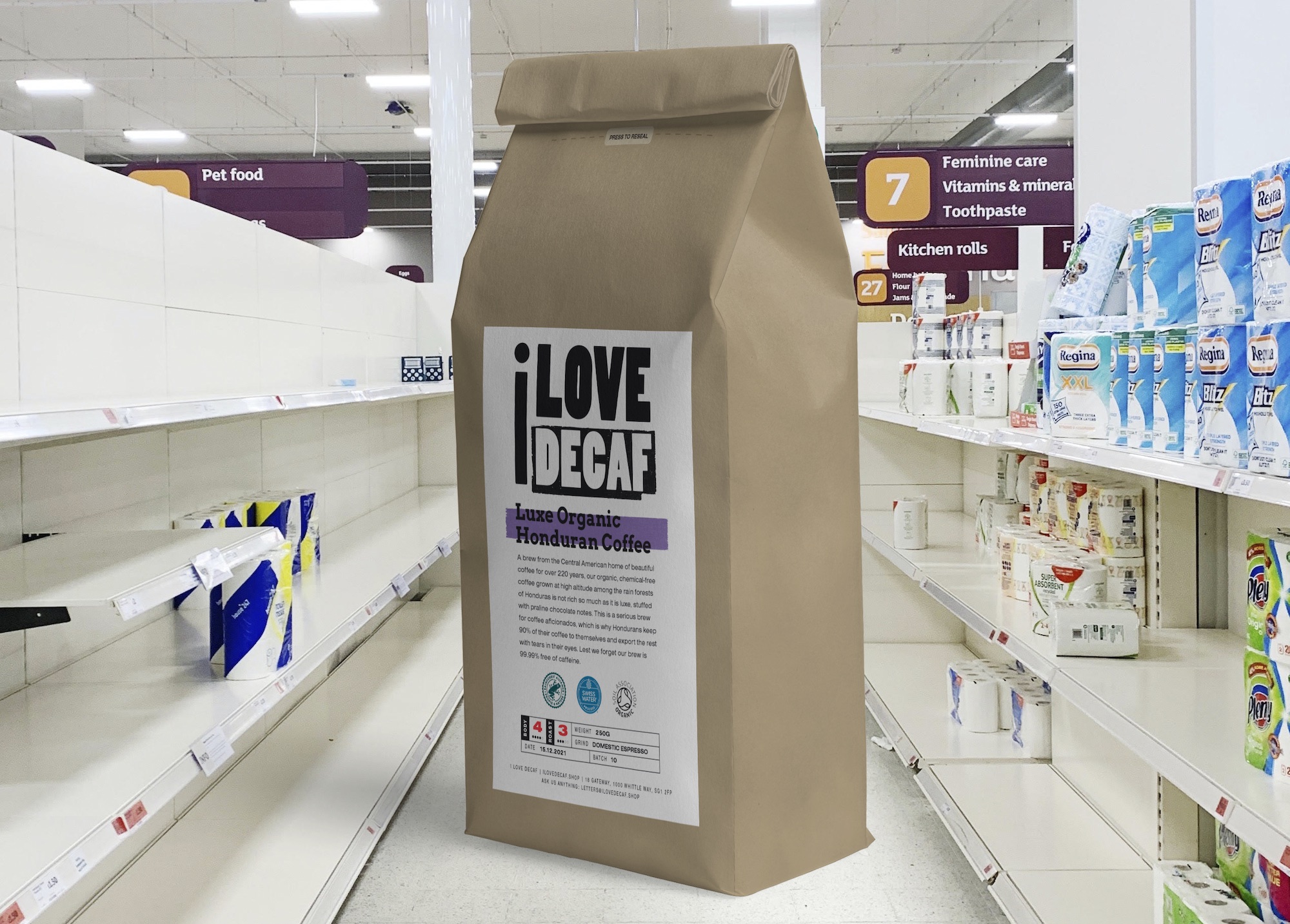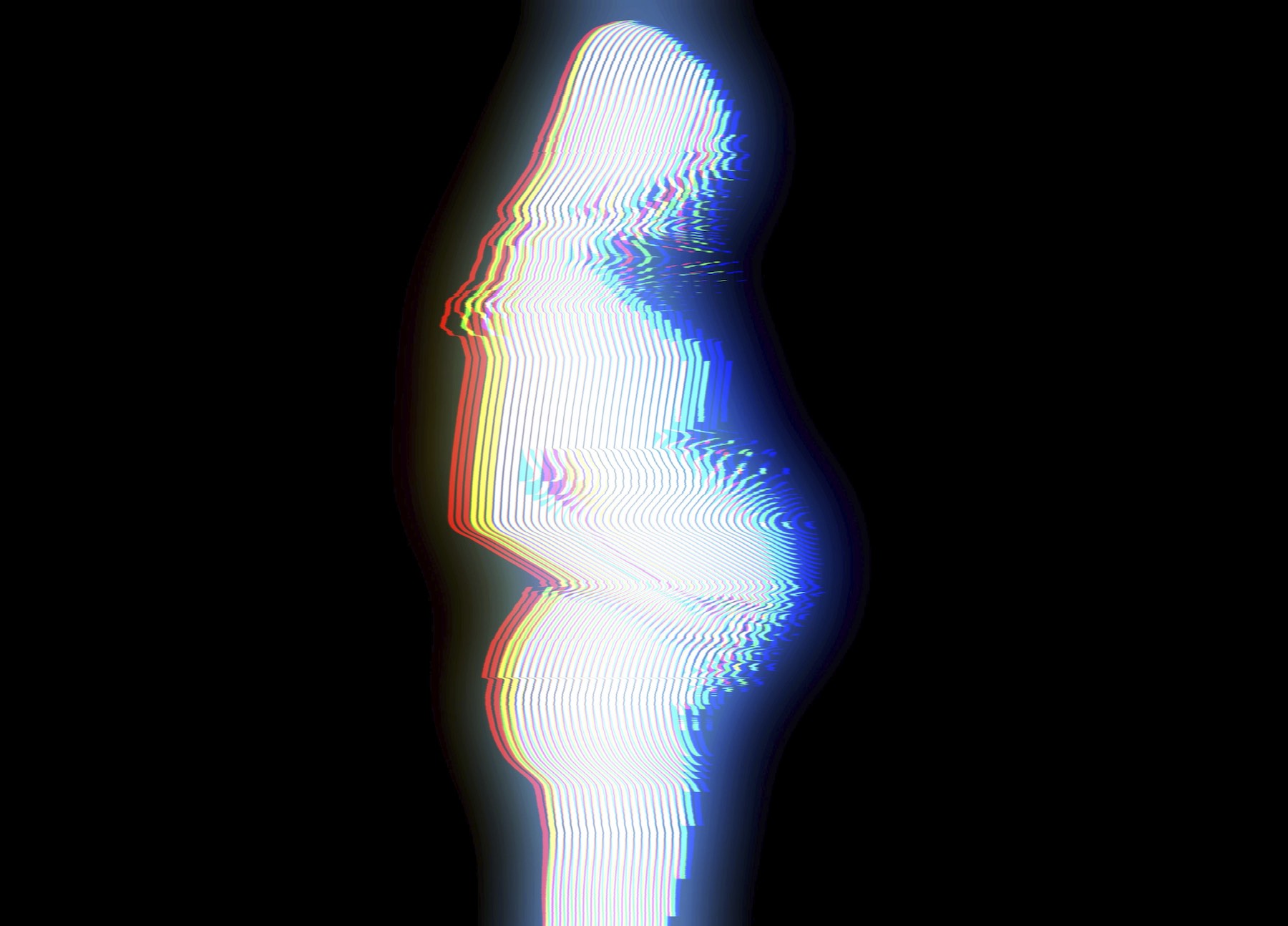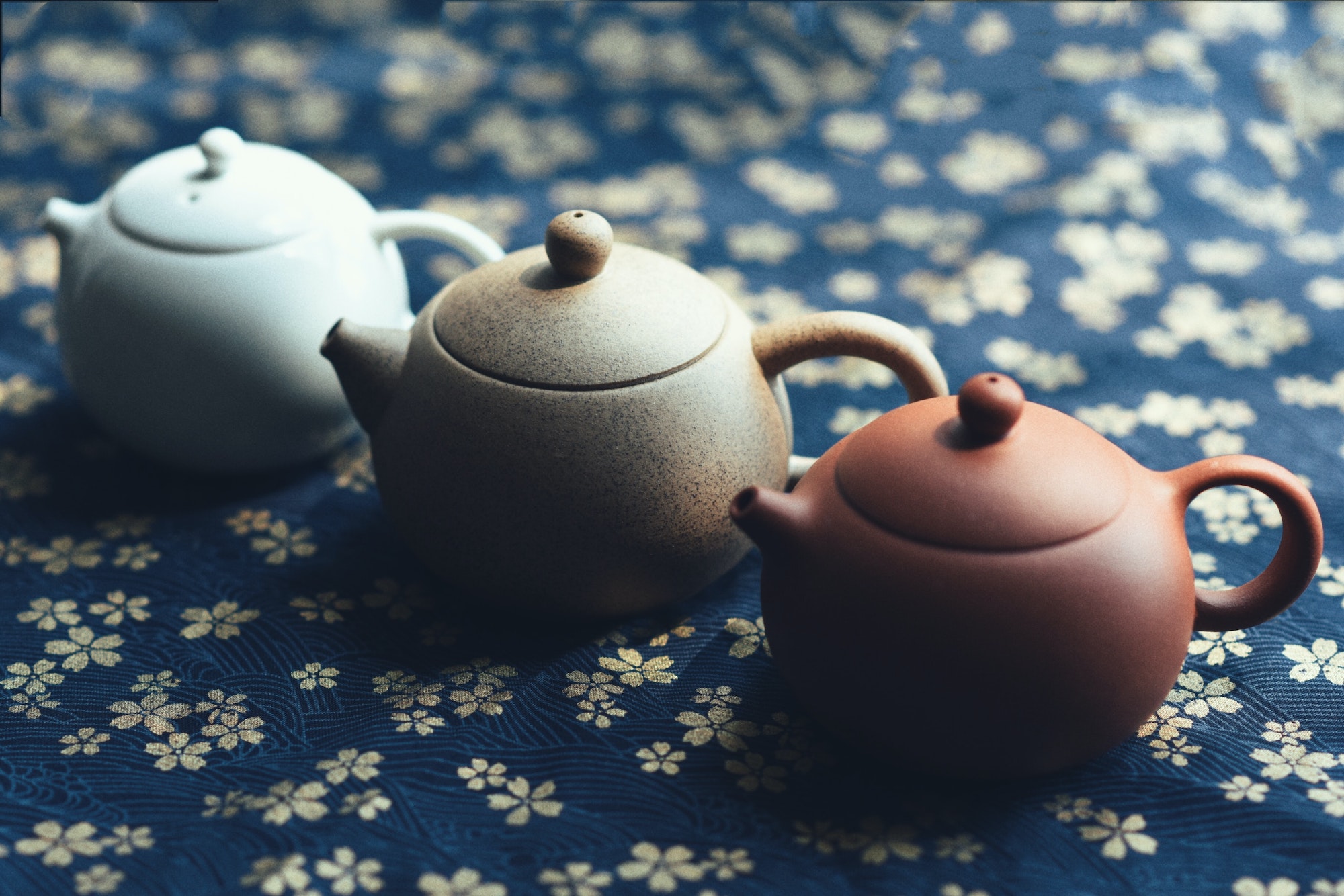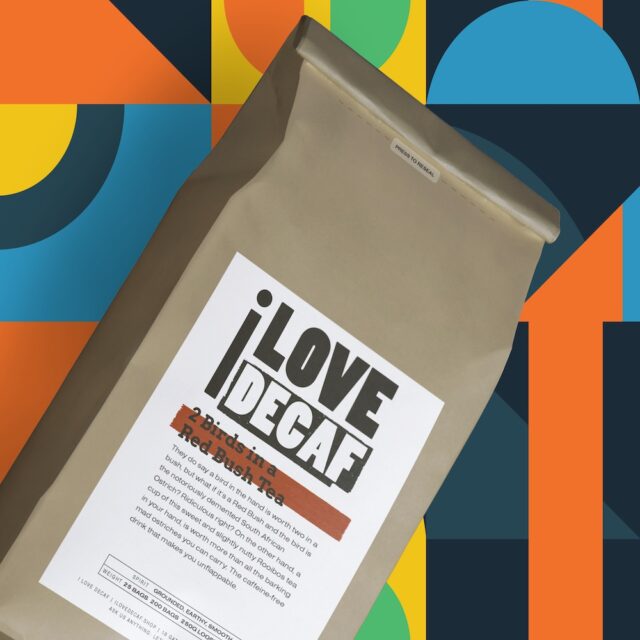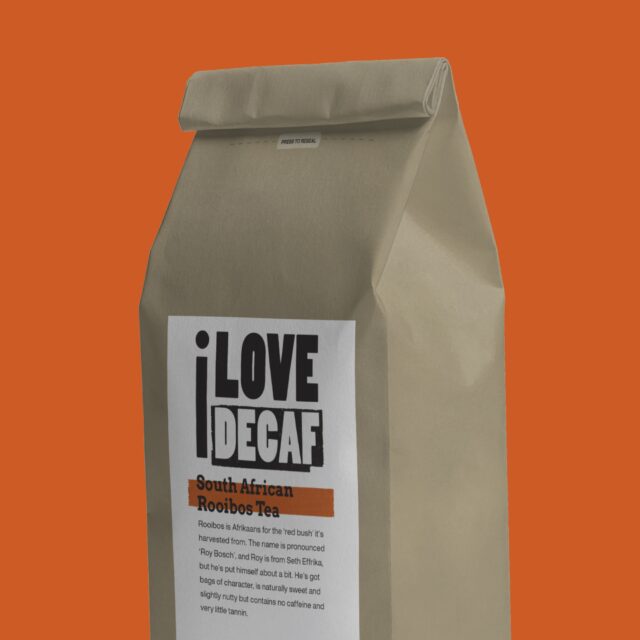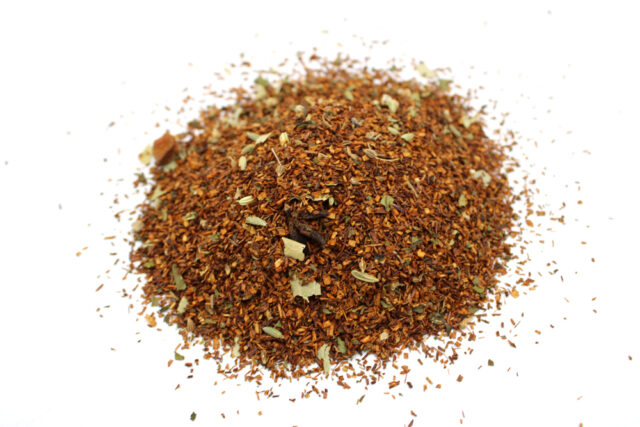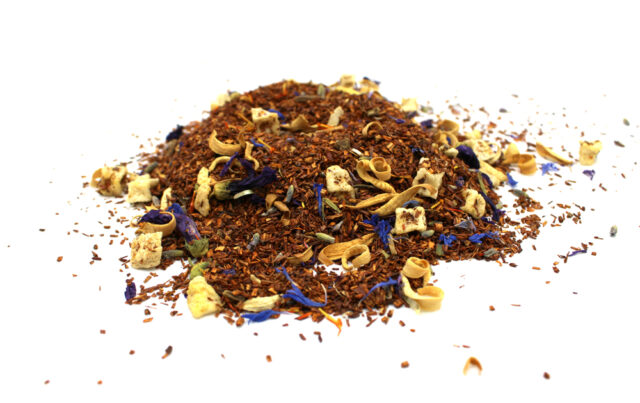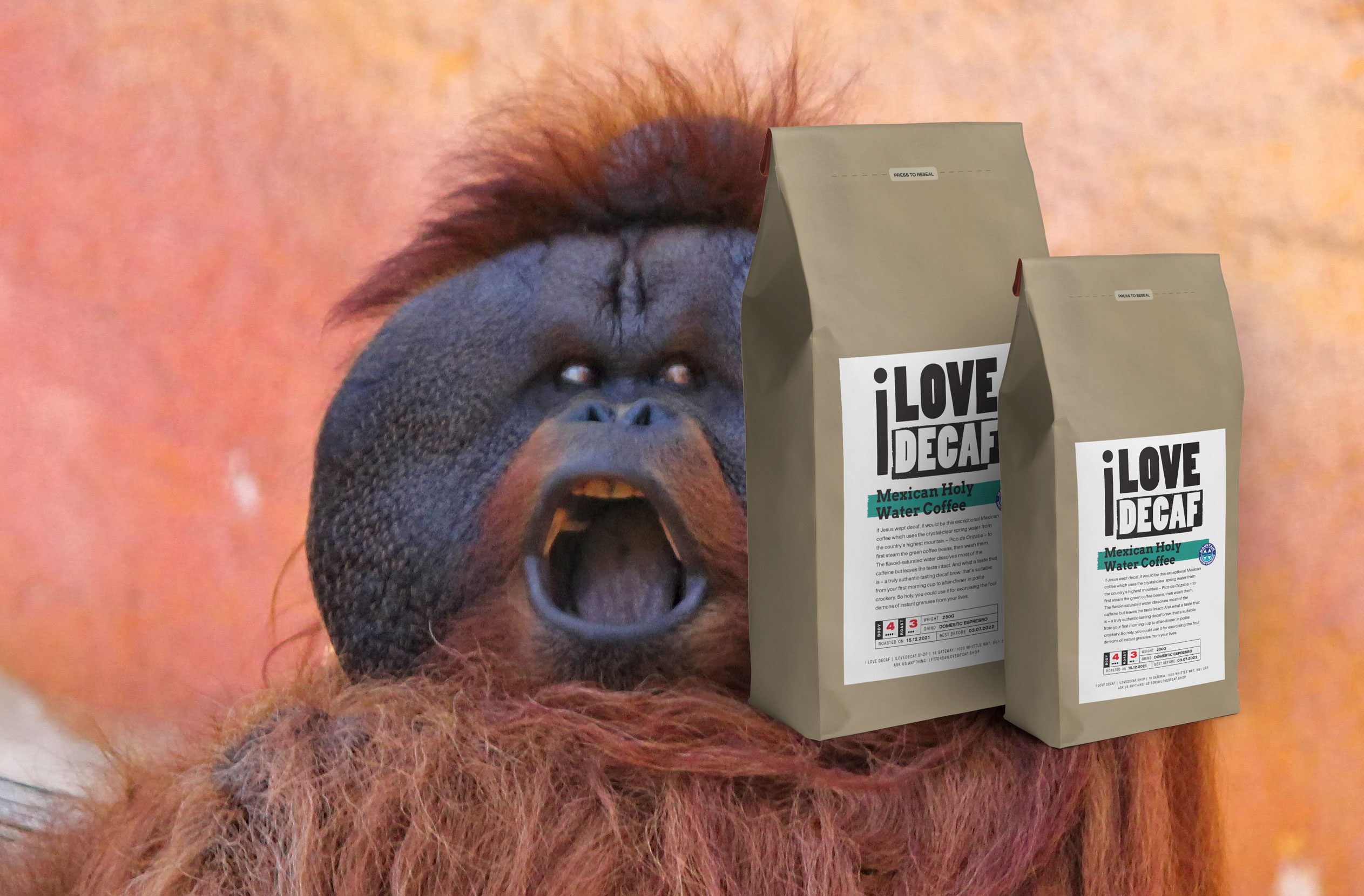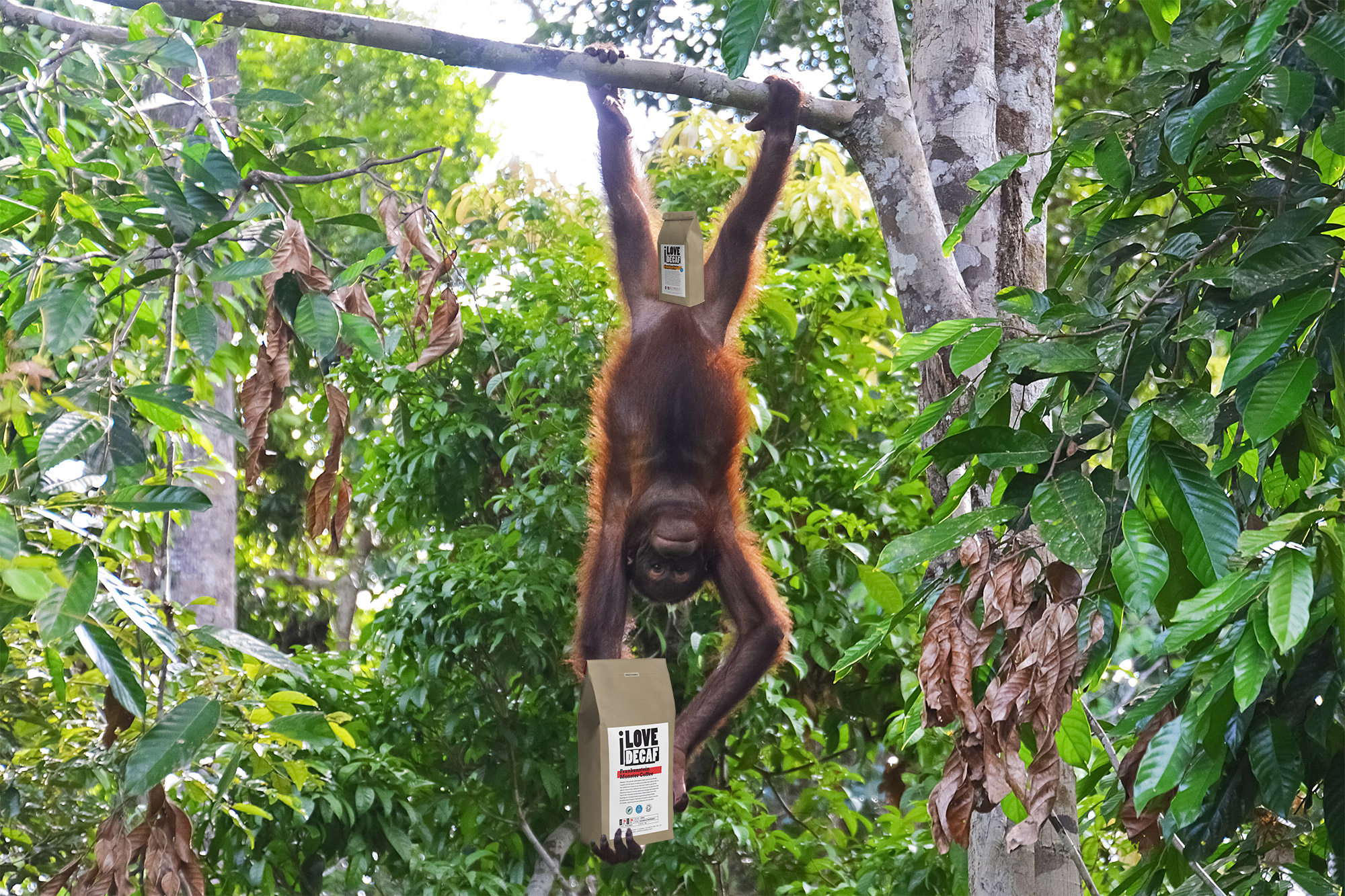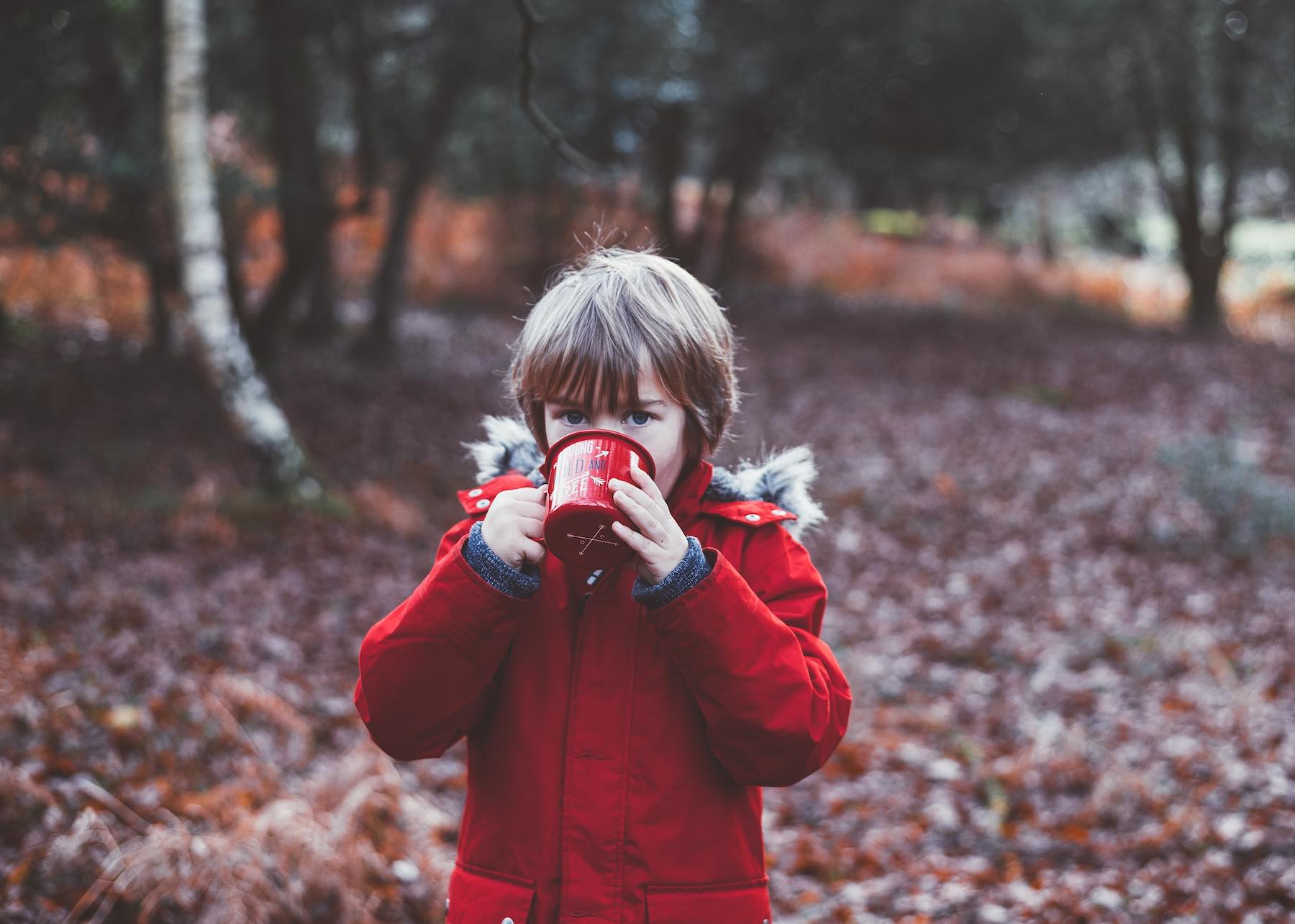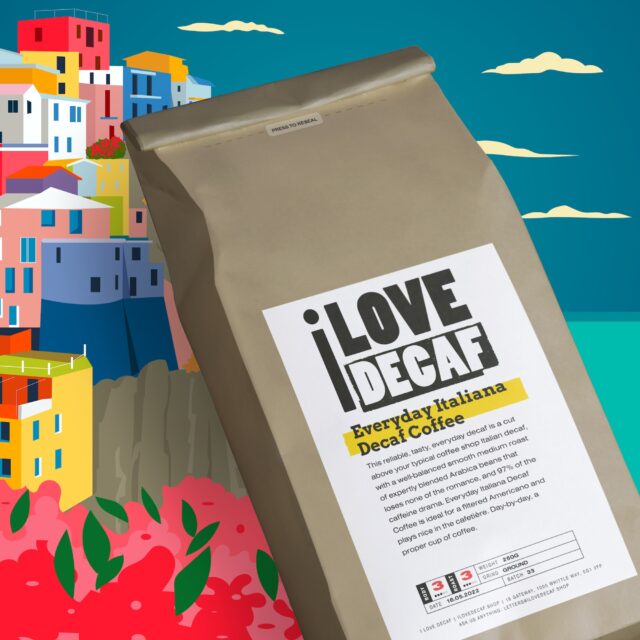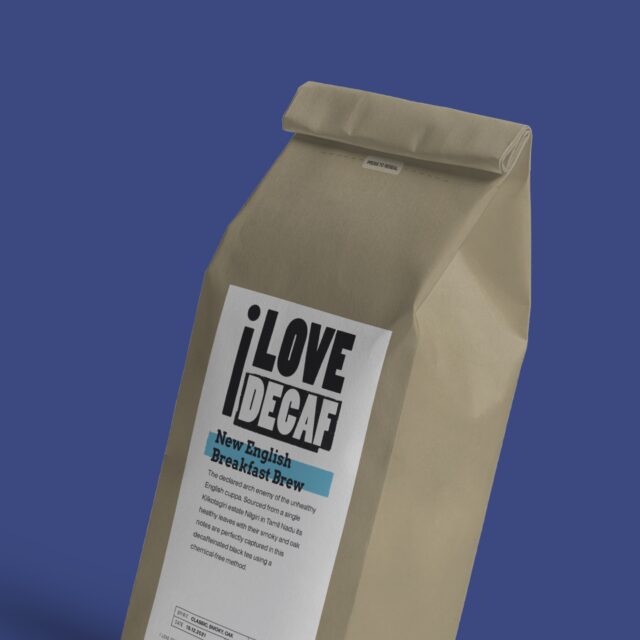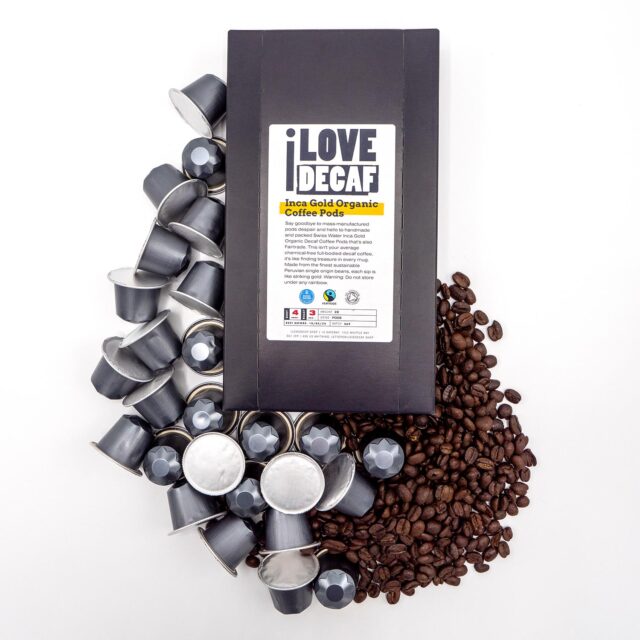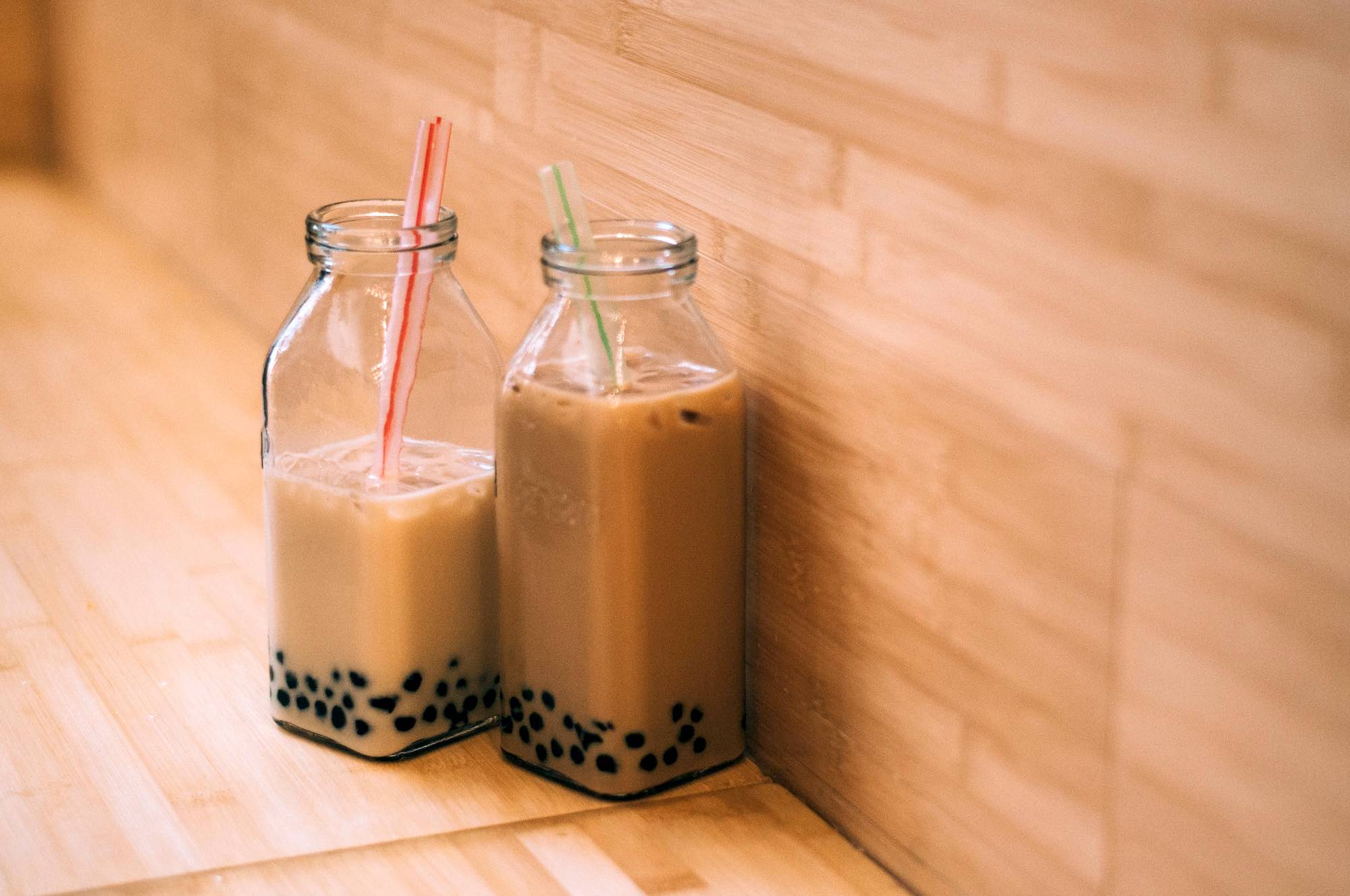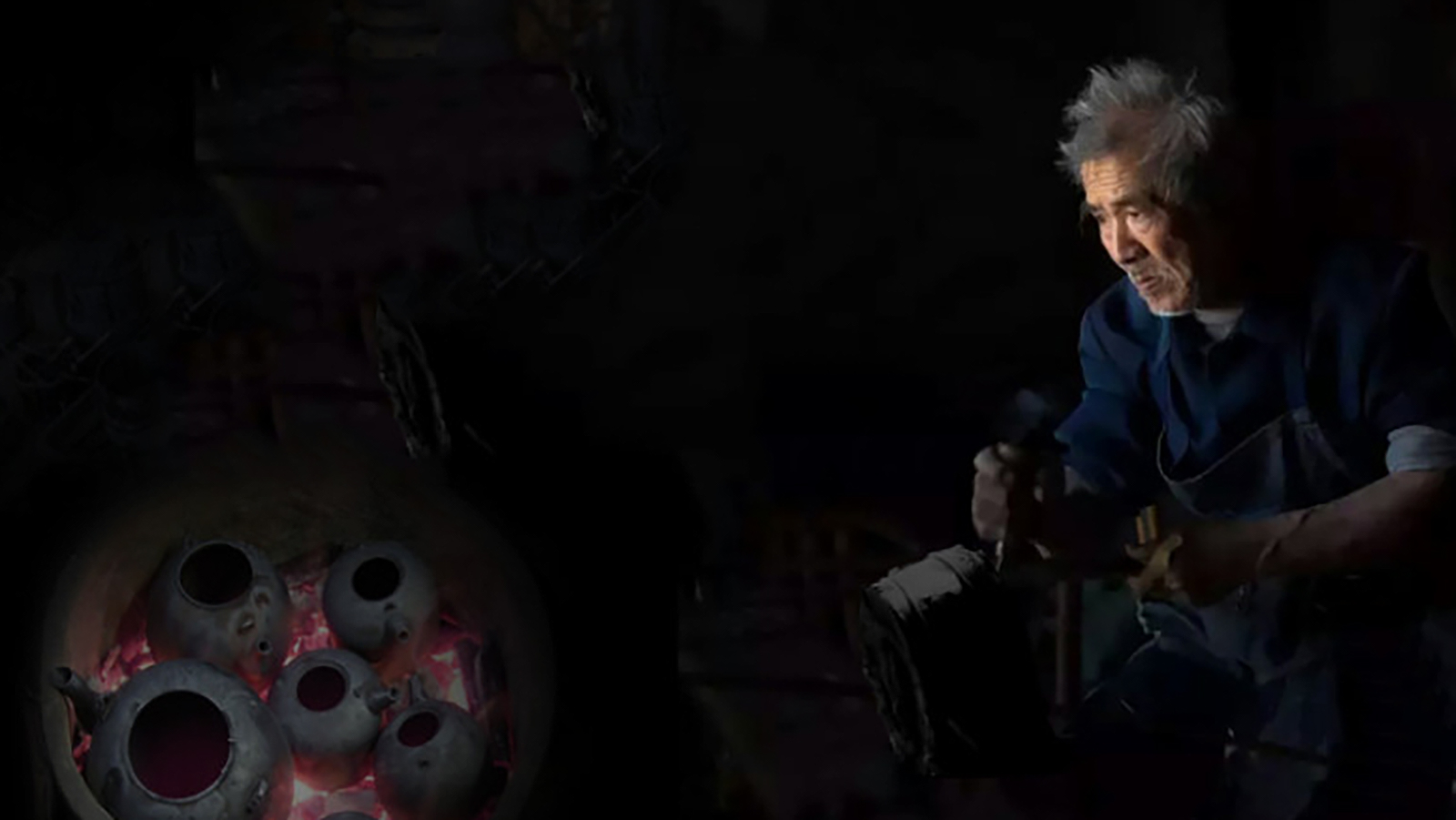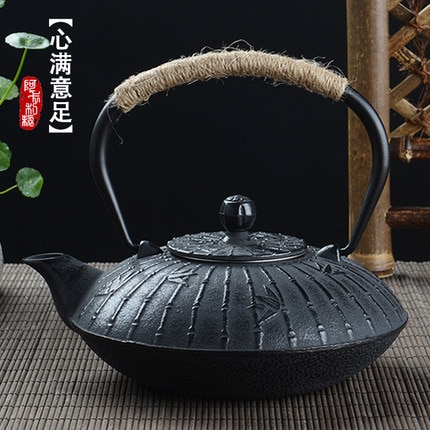There are five ways to decaffeinate, which one works for you?
There is a problem with tea and coffee packaging. It is stricken with an unsightly rash of trademarks and logos erupting from every available surface like zits on a pizza-faced teenager. The blemishes speak of a virtuous product; Organic, Fair Trade, Rainforest Alliance, sustainable, green. Separate info boxes impart details such as strength, bean, roast, blend, grind, carbon footprint and, possibly, USB compatibility. It has made shopping for hot drinks as complex and nuanced as a conference on geopolitical ethics.
We call these little reassuring information panels LoV – Logos of Virtue. They make us feel all warm and fuzzy inside.
This is one detail you should pay attention to, because how your tea or coffee is decaffeinated is arguably more important
There’s still room on the label – just – so why not add one more detail, the method of decaffeination? This is one detail you should pay attention to, because how your tea or coffee is decaffeinated is arguably more important than many of the other LoVs. For example, with the amount of decaf the world is consuming, how that caffeine is removed has measurable consequences for the environment. Differences in decaffeination can also affect taste and aroma. And the big one; effectiveness of decaffeination varies with each process and if you are buying decaf, it makes sense that you will want it to be as caffeine-free as possible.
The truth is that decaffeinated tea and coffee comes in a bewildering variety of forms but not all are created equal. With a decaf tea or coffee, a lot hinges on the method of its decaffeination. Which one should you choose and why does it matter?
Here comes the science bit
There are five known methods of decaffeination. The original method, which used salt water and benzene is no longer legal because of, well, benzene. In 1906, a chance discovery by German coffee merchant Ludwig Roselius resulted in the world’s first mass produced decaffeinated coffee. Although his coffee later turned out to be carcinogenic, Roselius made up for it all by his involvement in a 1943 plot to blow up Hitler. You win some, you lose some.
Which leaves us four ways of taking caffeine out of tea and coffee.
1. Methylene Chloride Decaffeination
Methylene chloride is bonded to caffeine molecule by molecule by soaking the tea leaves or green coffee beans. There are two methods of achieving this, directly on the beans or leaves in hot water and indirectly, where the beans or leaves are soaked in hot water to remove the caffeine and the solvent is added to the water after the beans are removed. Although ‘solvent’ and the names of most solvents sound quite scary, only the tiniest trace residue will remain on the decaf product and even that will evaporate completely over 38°C/100°F.
2. Ethyl Acetate Decaffeination
Although ethyl acetate hardly sounds much better than the previous method, decaf produced using ethyl acetate as a solvent is sometimes touted as ‘naturally decaffeinated’ because ethyl acetate is a chemical found naturally not only in tea, but also in many fruits. The process is otherwise identical to the direct and indirect methods that use methylene chloride as a solvent. Sometimes, according to learned decafficionados, ethyl acetate decaf leaves a slight chemical taste
3. Swiss Water Decaffeination
This non-solvent alternative decaf process extracts caffeine by a long soak in hot water, followed by filtering though activated carbon to remove the caffeine. The now-decaf water is added back to the drained beans or leaves so that they can reabsorb the oils and flavours. There are a few teas that use the Swiss Water decaf method, but it is most often used for coffee.
4. Carbon Dioxide (co2) Decaffeination
This is the space age version of decaf. This was probably invented when boffins meant to be working on something very clever were momentarily appalled by the state of their decaf and filled whiteboards with obscure formulae and Greek symbols to come up with a solution to the second most important problem before them. We probably won’t have interstellar space travel because of this, but who cares when the decaf tastes this good?
Having said all that, it’s not that complicated. Beans or leaves are pressure cooked with carbon dioxide. In such pressure and temperature environments, carbon dioxide (co2) goes supercritical and becomes a solvent that attracts the small caffeine molecules, leaving the larger flavour molecules intact.
5. Mountain Water Method
Similar in many respects to the Swiss Water decaffeination method and widely regarded as a cut above all other decafs, the Mountain Water Process (MWP) is also sometimes called the Mexican Water Process as it uses water from that country’s highest mountain – Pico de Orizaba.
The process starts with steaming the green coffee beans which are then soaked in a water solution, which removes the caffeine along with the flavour compounds. The water is removed from the seeds and run through a carbon filter that captures caffeine molecules to strain them from the solution. The green coffee is then soaked in all the flavour compounds and reabsorb them without the caffeine.

